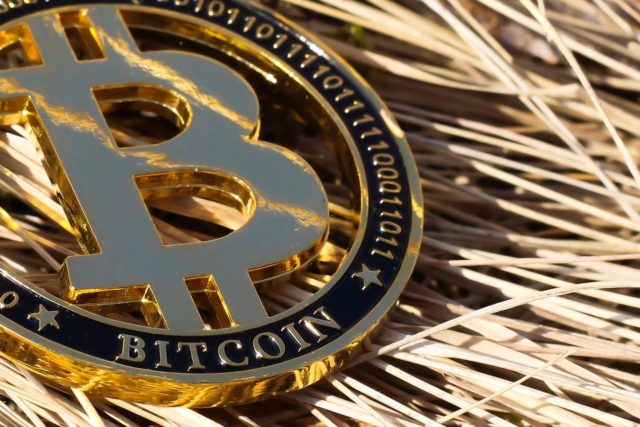- USD/JPY declines after the Japanese Yen strengthens following the release of the Japan Producer Price Index for October.
- Higher prices could filter into broader inflation and lead the BoJ to raise interest rates, strengthening the JPY.
- The US Dollar remains supported by still high US inflation data and expectations for US fiscal and trade policy.
USD/JPY retreats after hitting a new three-month high on Wednesday, following the release of Japan’s factory-gate price inflation (producer prices) data which supported the Japanese Yen (JPY) after showing a larger than expected increase in October. Rising producer prices could filter into consumer prices, raising major consumer inflation indices. This, in turn, will likely cause the Bank of Japan (BoJ) to raise interest rates, and higher interest rates strengthen a currency as they lead to greater net capital inflows.
The US Dollar (USD) remains supported after US Consumer Price Index (CPI) data showed a rise in headline inflation in October, although all readings were in line with economists’ forecasts . Persistently high inflation data will likely keep the USD supported as it could encourage the US Federal Reserve (Fed) to reconsider cutting interest rates, resulting in a boost for the US Dollar. This, in turn, will likely limit losses for USD/JPY.
Despite the pullback, the USD/JPY continues to trade in an uptrend in the short and medium term due to a strengthening US Dollar. This comes amid market expectations that President-elect Donald Trump’s mix of protectionism, higher tariffs and lower taxes will be inflationary for the U.S. This, in turn, will likely flatten the path of interest rates. which were expected to fall sharply. Although the market still sees odds of more than 80% in favor of the Fed making a 25 basis point (bps) (0.25%) cut in its main interest rate in December, according to the CME FedWatch tool, the outlook by 2025 may increasingly depend on the inflationary impact (or not) of the new policies advocated by the Trump administration.
Japan’s Producer Price Index (PPI) rose 3.4% year-on-year in October from an upwardly revised 3.1% the previous month and above the expected 3.0%. On a monthly basis, the PPI rose 0.2% from a previously upwardly revised 0.3% and above expectations of 0.0%.
Meanwhile, the US headline CPI rose 2.6% year-on-year in October from 2.4% the previous month and was in line with expectations. On a monthly basis, the headline CPI rose 0.2% from 0.2% previously and the same as expected.
The US core CPI, meanwhile, rose 3.3% in October, up from the same in the previous month and 3.3% expected. Month-on-month, it rose 0.3%, from the same both previously and expected.
Minutes from the BoJ’s October monetary policy meeting, released on Sunday, revealed a split among policymakers over the timing of future interest rate hikes. However, BoJ Governor Katsuo Ueda has always said that if economic data meets the BoJ’s forecasts, he will proceed to raise rates. So far, the data has mostly met or exceeded estimates. In the meeting minutes, the central bank maintained its forecast that it could raise its benchmark policy rate to 1.0% (from 0.25%) by the second half of fiscal 2025.
Source: Fx Street
I am Joshua Winder, a senior-level journalist and editor at World Stock Market. I specialize in covering news related to the stock market and economic trends. With more than 8 years of experience in this field, I have become an expert in financial reporting.







